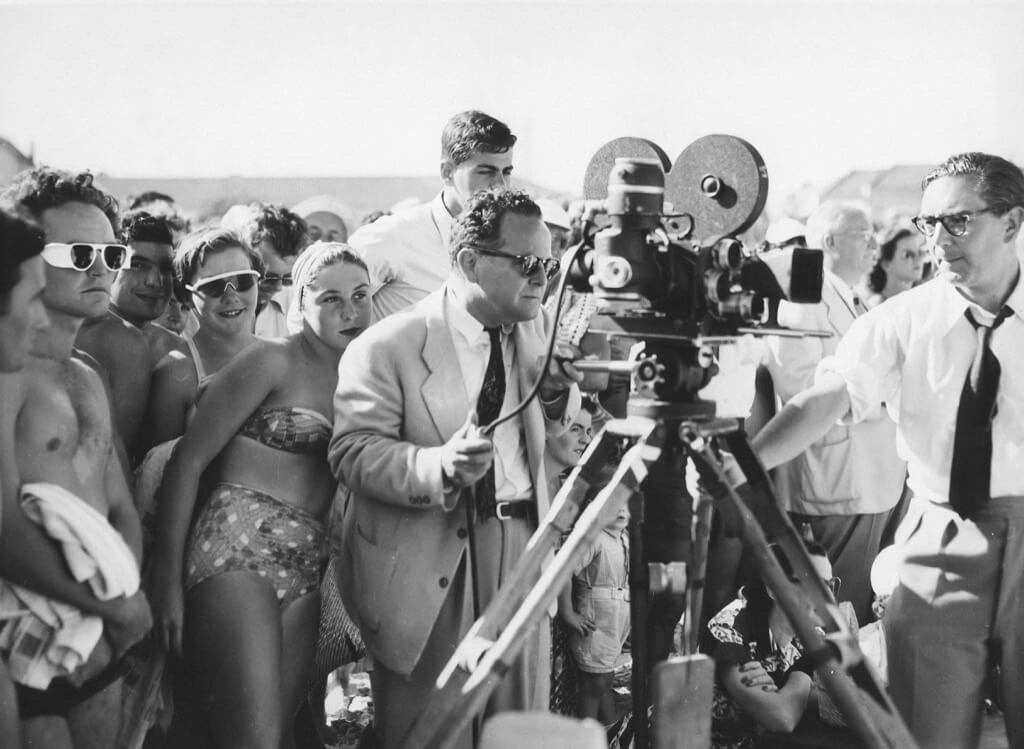In the tumultuous era of the Cold War, innovation in weaponry reached new heights. Among the most intriguing developments was the creation of the Davy Crockett, a miniature nuclear weapon that defied convention and redefined the rules of warfare. This article will delve deep into the history, design, deployment, and impact of the Davy Crockett, providing readers with a comprehensive understanding of this remarkable piece of military technology.
To fully grasp the significance of the Davy Crockett, we must first set the stage in the context of the Cold War. The tension between the United States and the Soviet Union had escalated to unprecedented levels. Nuclear deterrence was at the forefront of military strategy, and the need for versatile, tactical nuclear weapons was paramount.
The idea for the Davy Crockett emerged from the unsatisfactory nature of existing nuclear weaponry. The M65 nuclear cannons, while powerful, were cumbersome and required substantial logistical support. Additionally, their deployment often came with the risk of causing unintended collateral damage due to their sheer size and yield. Military planners sought a solution that could provide them with a compact yet powerful nuclear weapon that could be transported and deployed swiftly.
From Legend to Weapon Name
Rumors suggest that the Davy Crockett was named after the legendary American frontiersman, famed for his larger-than-life exploits. One of the most enduring legends surrounding Davy Crockett was that he smiled a bear to death. Whether true or not, the name was chosen as a tribute to this iconic figure. Additionally, it subtly alluded to the United States’ Cold War rivalry with the Soviet Union, often symbolized as a bear in political imagery.
The development of the Davy Crockett proceeded rapidly. The first prototype was completed in November 1958, a testament to the urgency of the times. Approximately two and a half years later, in May 1961, the Davy Crockett was officially deployed. This marked a turning point in the history of military technology, as the weapon was designed to launch a compact nuclear warhead contained within an M388 round.
One of the primary advantages of the Davy Crockett was its versatility. It could be fired from the back of a jeep, offering unparalleled mobility in various combat scenarios. Alternatively, it could be disassembled into components, carried by a team of five soldiers on foot. This adaptability made it a valuable asset for rapid response and close-quarters combat.
Firing the Nuclear Bullet
Launching the 76-pound nuclear warhead required a systematic approach. Initially, a spotting round was fired from a gun attached to the weapon to ensure accurate targeting. Adjustments were then made to align the nuclear weapon with the position of the spotting round. This process involved referencing a pre-calculated angle adjustment guide, ensuring that the weapon was aimed precisely.
Accuracy and Precision:
It is essential to address the issue of accuracy when discussing the Davy Crockett. Test firings using non-live nuclear warheads revealed that the Davy Crockett was not the most accurate weapon. The combination of a smooth bore and angle adjustments posed challenges in achieving pinpoint precision. However, the weapon’s inaccuracy was somewhat mitigated by the sheer destructive power of its nuclear payload.
After aligning the weapon and adjusting the angle, the propellant charge was inserted into the muzzle, followed by a metal piston serving as a cap. Subsequently, the M388 round, housing the W54 warhead, was loaded. Given the size of the M388 round, a rod was attached to the rear of the weapon to facilitate the placement of the nuclear warhead at the front.
To determine the appropriate time for detonation, a timer dial was adjusted based on the estimated target distance. This data was derived from reference tables. However, it is crucial to clarify a common misconception: the timer itself did not trigger the explosion. Instead, it armed the bomb after a predetermined time had elapsed. The actual detonation was initiated by a radar device located in the rear of the M388, which calculated the weapon’s height above the ground. This radar, combined with a high and low switch, made minor height adjustments to the explosion, typically occurring 20 to 40 feet above ground level, depending on the setting.
A critical aspect to clarify is the function of the high and low switch. Contrary to popular belief, this switch did not regulate the bomb’s yield. Instead, it controlled the height at which the bomb would detonate above the ground. Understanding this distinction is pivotal in comprehending the weapon’s operation and intended use.
Additional Facts
Initial Inefficiency: In the early days of the Manhattan Project, scientists initially dismissed the idea of a nuclear gun-type device as inefficient. They favored the implosion method, which was ultimately used for the Trinity test and the bomb dropped on Nagasaki. However, the gun-type design proved simpler and more reliable in practice.
Little Boy’s Design Simplicity: The “Little Boy” bomb, which used the gun-type design, was remarkably simple. It consisted of just two main parts: a uranium-235 target and a gun assembly to propel the target into the other half of the bomb containing more uranium-235. This simplicity made it relatively easy to manufacture.
Critical Mass Constraints: Achieving a critical mass was a significant challenge in designing the gun-type bomb. The design had to ensure that the sub-critical masses of uranium-235 in the weapon’s two halves would come together in a fraction of a second to form a supercritical mass and initiate a nuclear chain reaction.
Last-Minute Name Change: The code name for the Little Boy bomb was “Thin Man.” However, due to concerns about security and potential leaks, it was changed to “Little Boy” to mislead spies and maintain secrecy.
Hiroshima’s Original Target: The primary target for the first operational use of the Little Boy bomb was not Hiroshima. It was the city of Kokura. However, due to poor visibility on the day of the bombing, the B-29 aircraft diverted to Hiroshima, which had clearer skies, and dropped the bomb there instead.
Safety Mechanisms: To prevent accidental detonation, the Little Boy bomb had several safety mechanisms in place. These included safing plugs that needed to be removed shortly before the bomb’s release and arming plugs that were inserted mid-flight to make it ready for detonation.
Uranium Enrichment Challenges: Producing the enriched uranium-235 needed for the Little Boy bomb was a massive undertaking. The uranium had to be enriched to a purity level of around 80%, and this required a significant amount of resources and effort.
Minimal Testing: Unlike the implosion-type bombs, which were extensively tested before deployment, the gun-type Little Boy was not tested before being used on Hiroshima. The high degree of confidence in its design was based on theoretical calculations and limited experimental data.
Hiroshima’s Immediate Aftermath: After the bombing of Hiroshima, there was a delay in communication, and the U.S. initially had limited information about the bomb’s success. It was only when the Enola Gay crew returned to base and confirmed the explosion that they knew the mission had been a success.
Evacuation of Korean Workers: In the months leading up to the Hiroshima bombing, Korean laborers, who were working in Hiroshima’s factories, were forcibly evacuated by the Japanese authorities and sent back to Korea. This evacuation may have inadvertently saved the lives of some Korean workers who would have otherwise been in Hiroshima on that fateful day.
In retrospect, the Davy Crockett stands as a symbol of the relentless pursuit of military innovation during the intense Cold War period. Its unique design, compact yet potent nuclear capabilities, and adaptability made it a groundbreaking weapon in the United States’ arsenal. While it may not have been the most accurate weapon, the Davy Crockett’s historical significance cannot be overstated. It serves as a reminder of the lengths nations went to in their quest for military superiority during one of the most volatile periods in modern history.
- Enhancing Trust with Blockchain Identity Verification - January 24, 2024
- How Marijuana Turns You into a Food Lover - December 1, 2023
- Behind the Scenes of the U.S. Nuclear Gun - November 28, 2023

